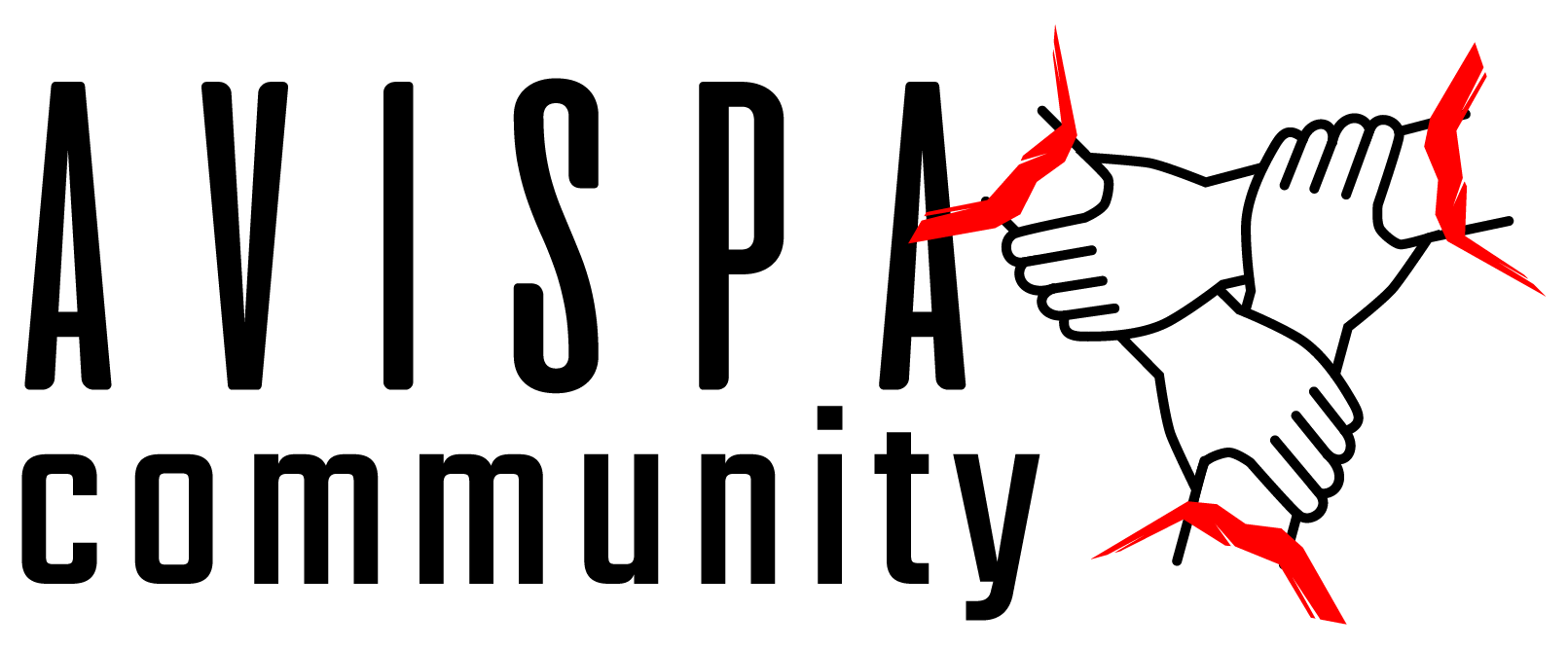Cover image: In 2022, a caravan of the communities of Altepelmecalli visited the intermunicipal landfill of Cholula, which affects the water and lands of farming zones. Photo: Elizabeth Díaz/ Sueña Dignidad
As part of ongoing actions organized since March 21 by campesino and Indigenous communities of the municipality of San Pedro Cholula, Puebla, demanding the closure of the landfill located in the vicinity of San Francisco Coapan y Garzas, this Tuesday, April 2, the communities denounced having found signs of fecal coliform contamination, responsible for gastrointestinal diseases, in sources of water near the landfill.
During a press conference held at the protest encampment which has been maintained now for over two weeks to prevent the entrance of more garbage into the landfill, the communities informed that in a study by scientists at the Autonomous University of Mexico (UAM) at the Azcapotzalco campus, they found that the water in the region is not drinkable.
Residents of the towns of the Choluteca region—the communities of San Mateo Cuanala, Colonia Los Ángeles, San Andrés Calpan, Santa Maria Zacatepec, San Sebastián Tepalcatepec, San Lucas Atzala, and San Juan Tlautla—listened to the results of the investigation conducted by Dr. Sylvie Jeanne Turpin Marion, a specialist in waste management and a research professor at UAM.
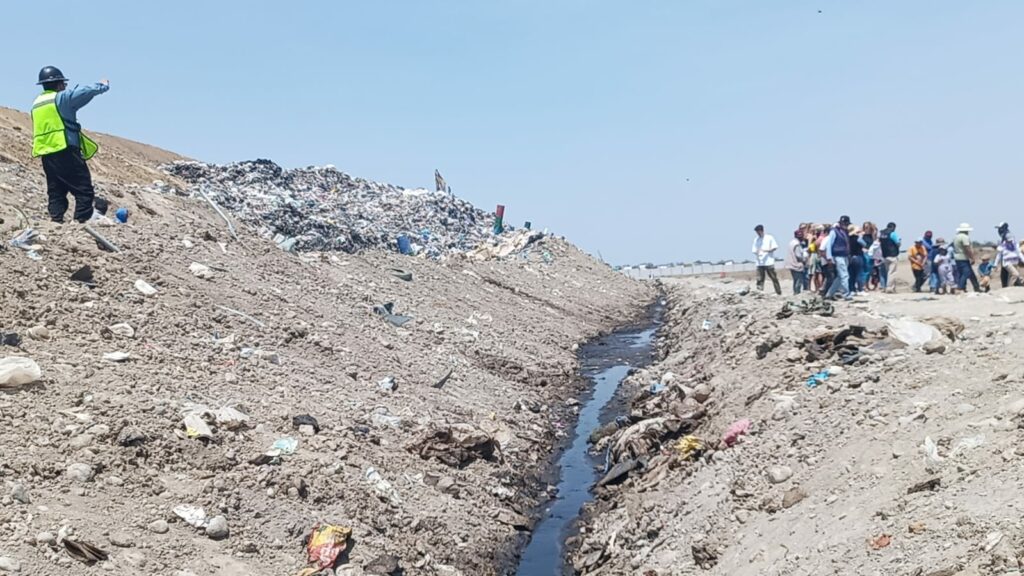
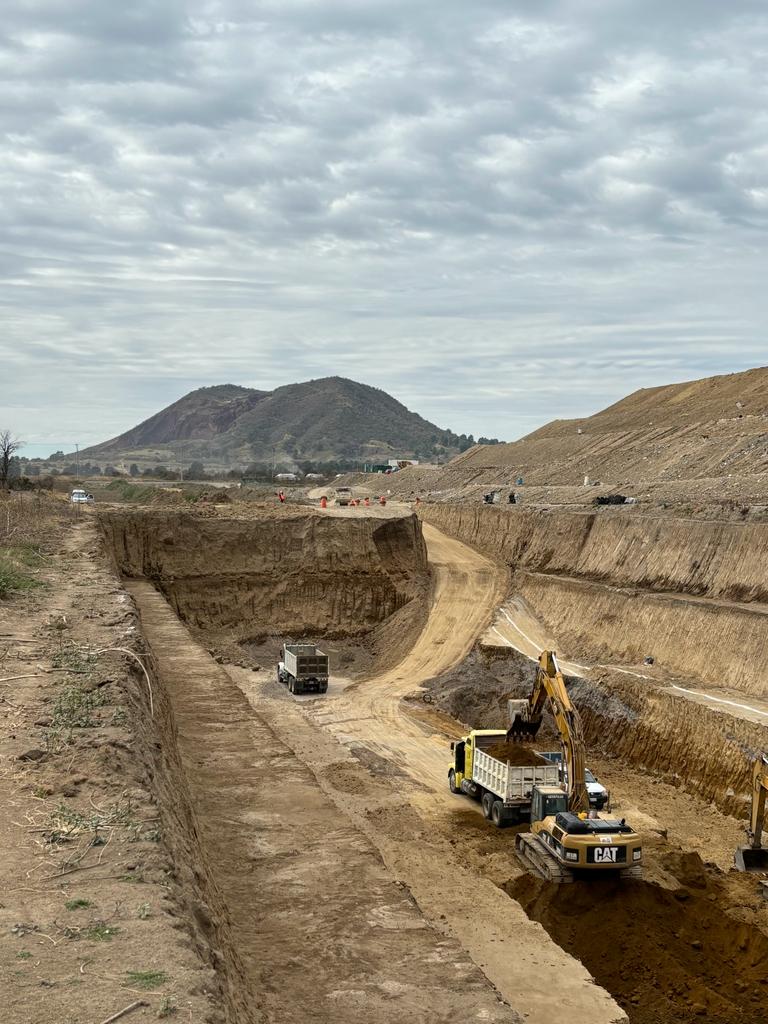
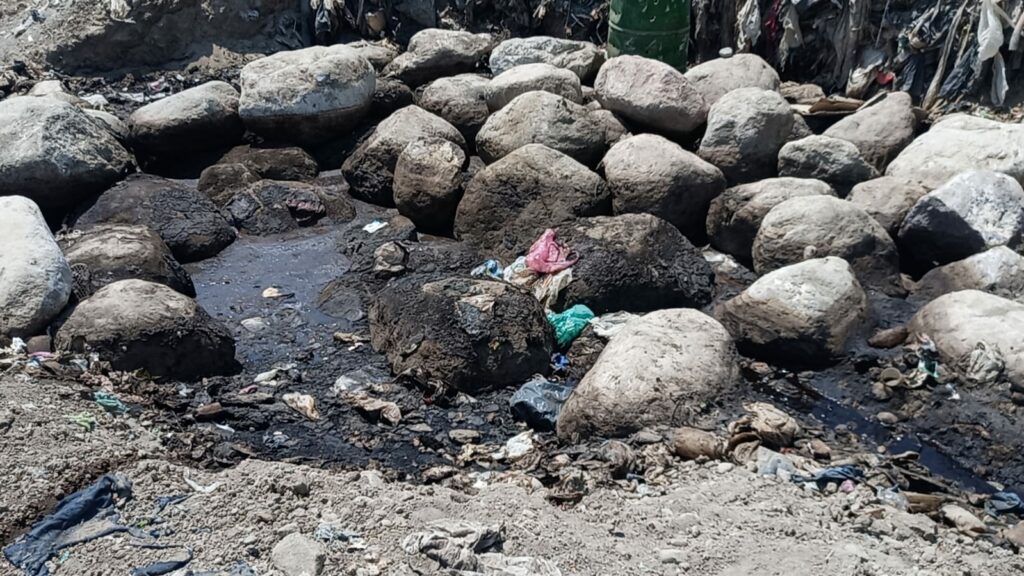
The conditions in which the intermunicipal landfill operate in the Choluteca region. Photos: Unión de Pueblos y Fraccionamientos contra el Relleno Sanitario
The researcher Turpin explained that in analyses of the water samples taken from five water wells (underground water filtered down from natural water sources in higher areas) that supply communities of the region, they found “staggering quantities” of coliform bacteria and organic matter.
The investigator explained that “the organic material is what the coliform bacteria feeds on, this is what it lives off of. Also, the color of the water was irregular. From this we can conclude that indeed it has to do with the leachates,” sustained the investigator who emphasized that measures must be taken to treat the water that “is definitely not drinkable.”
The scientist stressed that in operating a landfill, leachates are formed (water runoff from the waste) that if not controlled properly, are dispersed causing environmental damage.
The water samples collected in Puebla were taken to Mexico City and analyzed in a laboratory of the Department of Energy of the Division of Basic Sciences and Engineering of UAM Azcapotzalco.
Environmental Irregularities
According to the organization Unión de Pueblos, who are demanding the closure of the landfill, only in the first eight days of their protest encampment they had already prevented the entrance of 480 tons of trash coming from 23 municipalities of Puebla, as well as other localities of Mexico City, Mexico State, and including Oaxaca.
The investigator of UAM explained that there are environmental regulations—in this case she referred to the norm 083 of the Secretariat of Environment and Natural Resources (SEMARNAT)—which regulates the construction and operation of landfills. According to the researcher, this normativity does not permit the existence of landfills above groundwater or in the vicinity of water wells. “There are distances to respect and, visibly, this norm, in this case, has not been applied,” sustained Turpin.
Within norm 083…the principle operators of the landfill must also monitor the water before and after its flow into the water table, to control any consequences, and to review precisely the capture and treatment of leachates,” detailed the investigator.
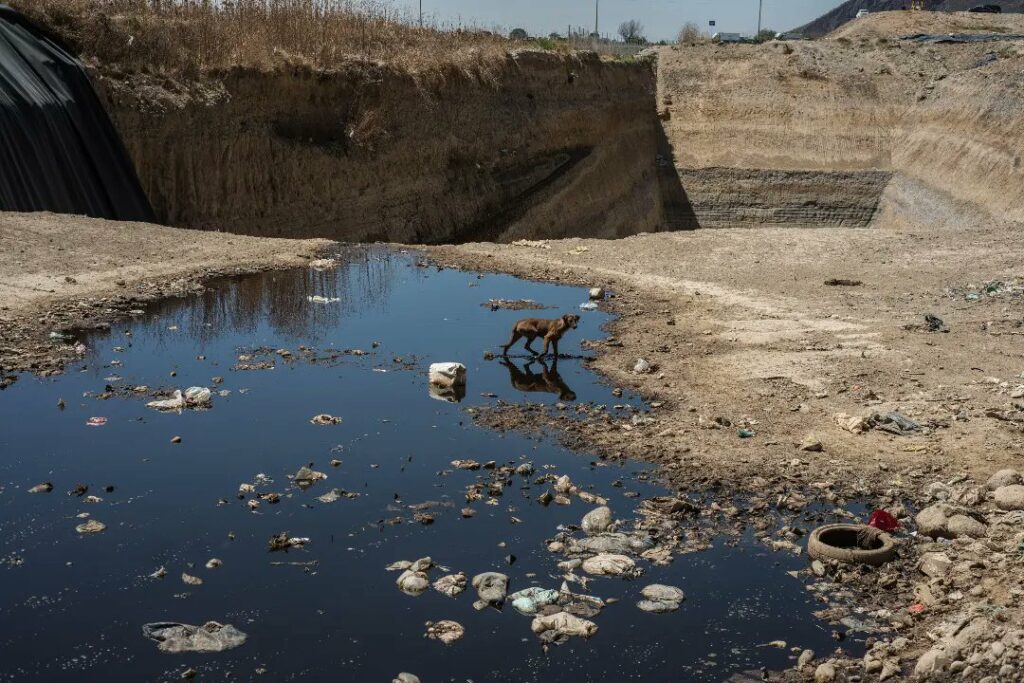
In 2022, a caravan of the communities of Altepelmecalli visited the intermunicipal landfill of Cholula, which affects the water and lands of farming zones. Photo: Elizabeth Díaz/ Sueña Dignidad
According to the researcher, who has decades of experience in chemical and environmental engineering, the samples were georeferenced and taken at a depth of between 28 and 35 meters. Thus, in her analysis, there is little possibility that there exists a different source of contamination of the water, other than the leachates from the solid waste dumped into the landfill.
However, to confirm the levels of contamination of the samples, Dr. Turpin announced that she will take a second round of samples to eliminate the possibility of the contamination coming from other causes that are not the landfill, like drains or septic tanks. “If these analyses continue with the same amount (of contamination) as the first ones, legal action could be taken,” concluded the researcher, referencing a possible environmental lawsuit.
Impacts of the Landfill
Juan Carlos Flores, lawyer of the Unión de Pueblos, contextualized that the demands of the communities of the Choluteca region from local and federal governments to provide information on the landfill’s compliance with environmental regulations continue to be refused.
Furthermore, the lawyer explained that there exists a strategy of government officials of the state of Puebla and the Secretariat of Environment at the state level, to condition the handing over of information on the environmental impacts of the landfill, in exchange for the Union de Pueblos to sit down in a dialogue to remove their protest encampment.
Flores pointed out that they have already filed legal complaints before the Secretariat of Environment of the State of Puebla and also before the Federal Attorney for Environmental Protection (PROFEPA), and are awaiting a new inspection from environmental authorities.
It should be noted that on February 4, communities of the Unión de Pueblos stopped work on the expansion of the landfill because the required permits do not exist. However, the stoppage only lasted a few hours and the work resumed with the approval of the municipality of Cholula.
According to the lawyer, PROFEPA officials announced this week that they will carry out an inspection to verify that the landfill complies with environmental regulations to which it committed itself at the beginning of this year.
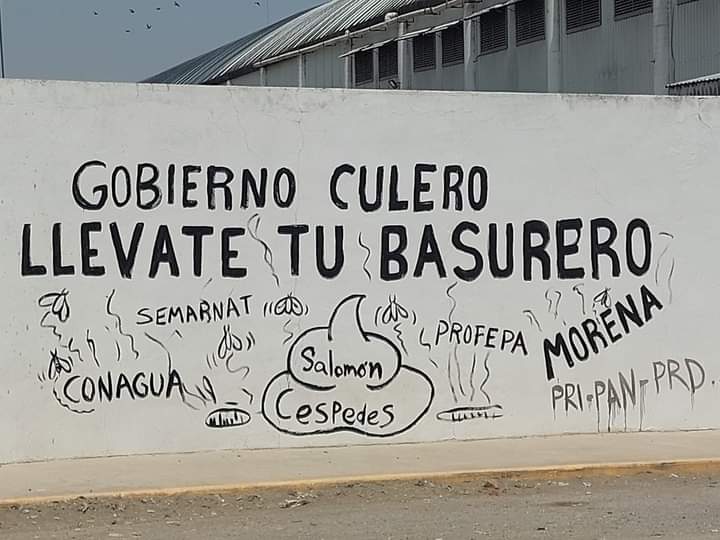
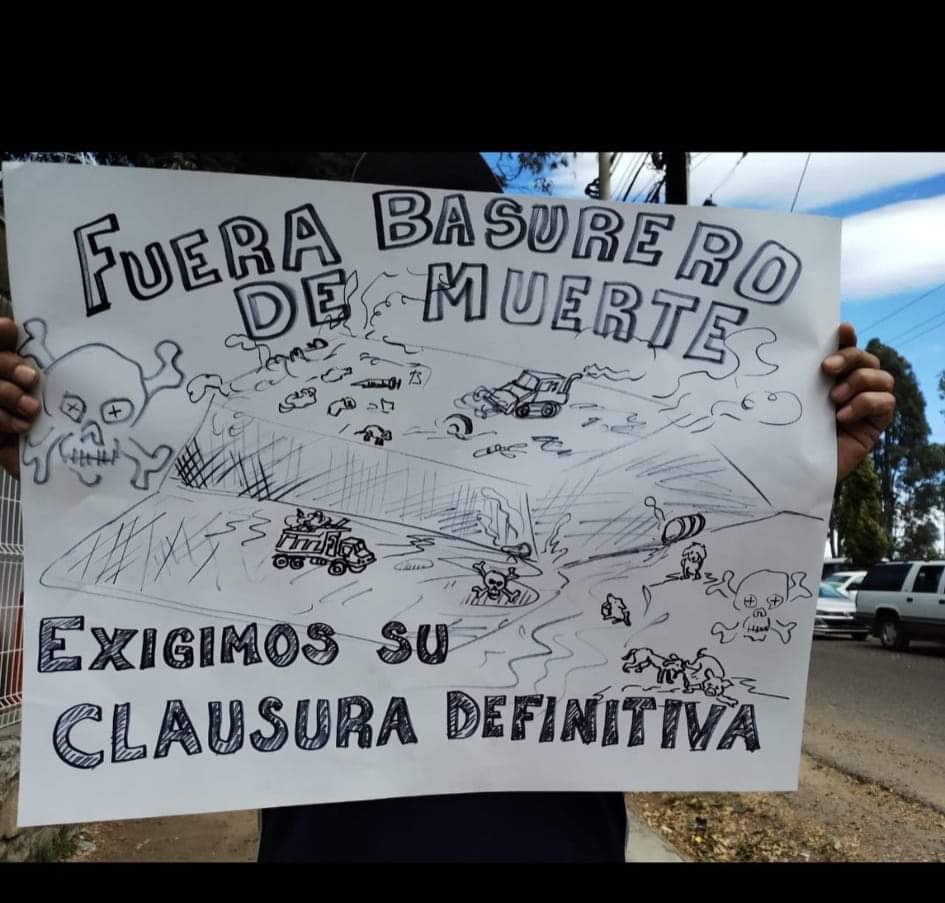
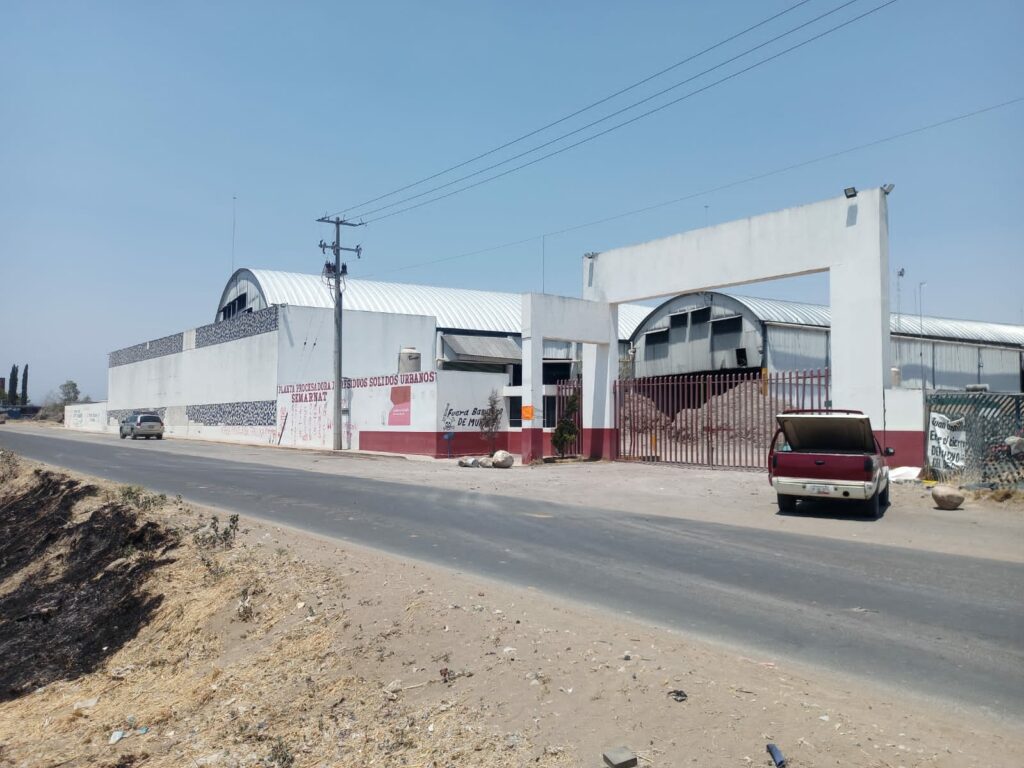
With protests, residents of the Choluteca region have suspended work at the landfill. Photos: Union de Pueblos y Fraccionamientos Contra el Relleno Sanitario
“We have also begun to file lawsuits against the contamination of the groundwater and wells, as well as against the expansion they seek to do with the landfill without any Indigenous consultation,” sustains the lawyer.
Furthermore, he adds that, among the reasons for which the Unión de Pueblos believes that they are denied access to the documents of the Environmental Impact Report is that the landfill operates “outside the norms, since it has already surpassed its capacity.”
According to data provided by the Unión de Pueblos, the approximate surface area of the landfill located in the Choluteca Region is greater than 36,000 square meters. They denounce that since 2008, the landfill has operated “illegally beneath the corruption of the Trash King and today candidate for federal office for the political party MORENA in Hidalgo, Cuauhtémoc Ochoa, along with José Juan Espinoza, and the ex-governor of the state, Rafael Moreno Valle.”
“From the ground level, the lethal landfill has an approximate height of 30 meters. However, it is important to consider its depth beneath the surface, another 30 meters, for which we are talking about a total height of 60 meters,” explains the organization of communities in the Choluteca region, who explain that the radius of contamination covers two kilometers around the landfill.
Testimonies from residents of the region emphasized that there are different manifestations of the contamination, a consequence of the landfill’s operation. Among them, they mentioned damage caused to the crops, as well as activities like beekeeping and campesino agriculture, since producers find it difficult to sell their products, since the people of the region recognize that it was produced near the landfill, and that if could be contaminated.
They also highlighted the existence of illnesses, above all gastrointestinal illnesses, as well as the danger posed by the accumulation of methane gas, product of the solid waste, which both contributes to global warming and can be a source of fires.
The Protest Encampment Continues
After the installation of a protest encampment near the landfill, on March 21, the Unión de Pueblos informed that in recent days they have carried out assemblies in the communities of the region where they have made the decision to maintain the resistance until the landfill is closed.
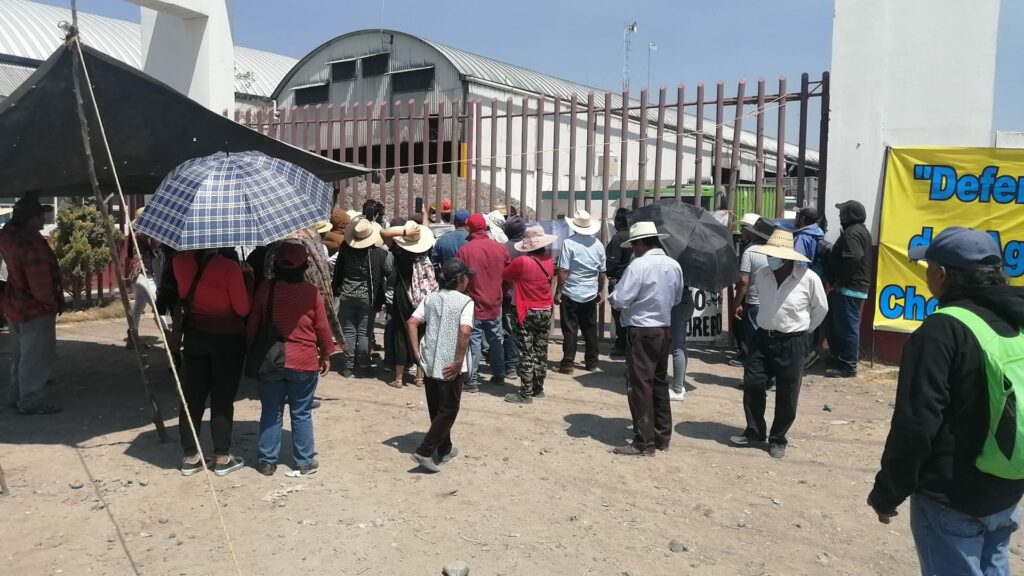
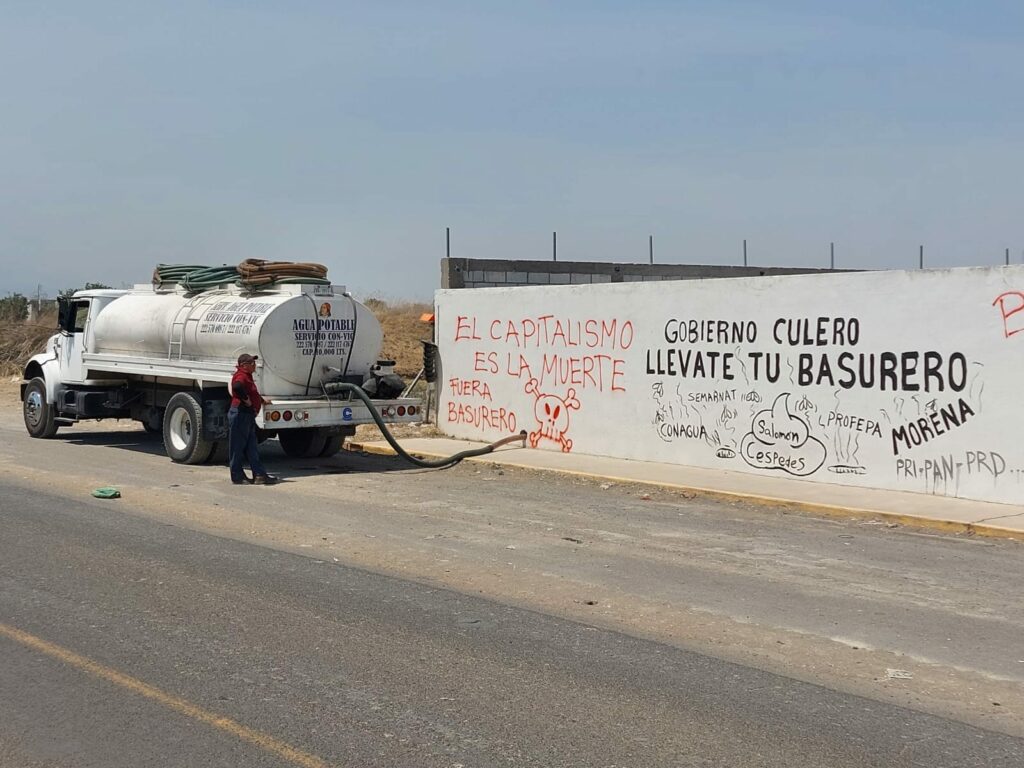
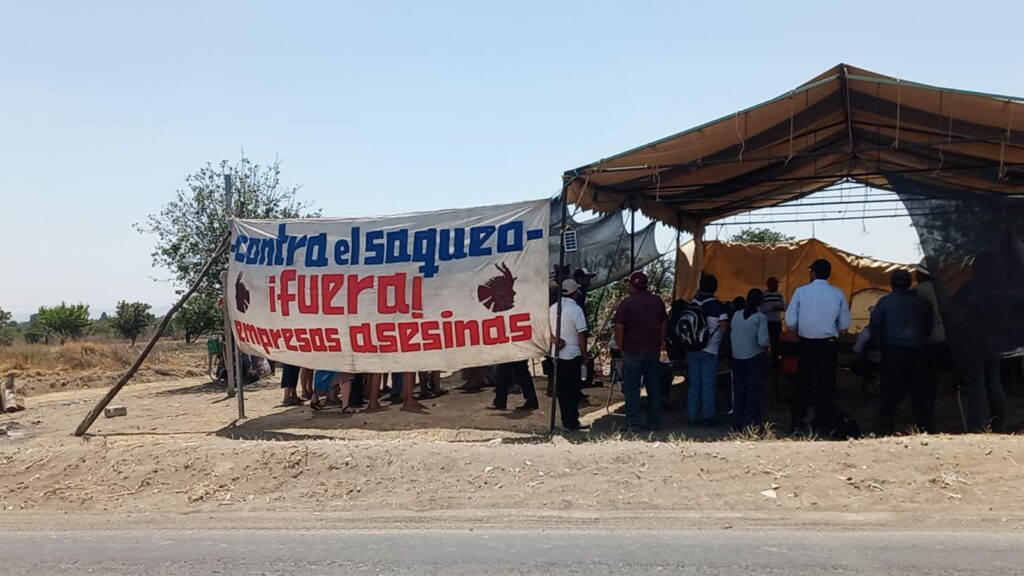
With protests, residents of the Choluteca region have suspended work at the landfill. Photos: Union de Pueblos y Fraccionamientos Contra el Relleno Sanitario
In an assembly on March 24, the communities affected by the contamination stated that “this decision is an urgent measure to protect the environment, water, and life. We have the right and duty to protect the environment,” for which they named the company Profaj and the government of Puebla responsible for whatever repression against them.
It should be emphasized that the encampment is being held down next to the Cholula-Calpan highway “for which the government doesn’t have any pretext to repress our right to take action in defense of the environment,” said the Unión de Pueblos.


